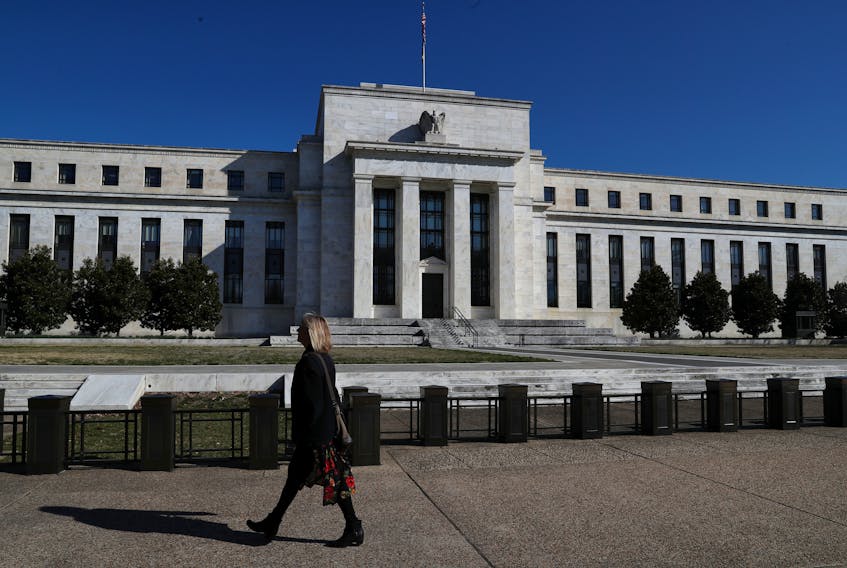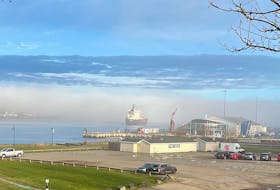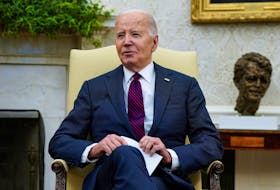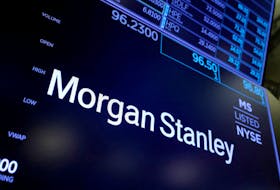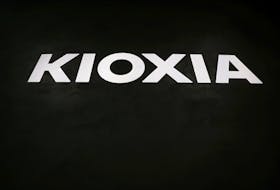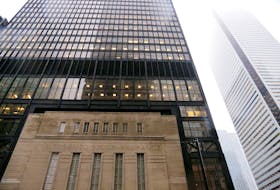By Matt Scuffham and Jonnelle Marte
NEW YORK (Reuters) - The Federal Reserve will hold off deciding whether to introduce a permanent lending facility aimed at staving off the money market ructions seen earlier this fall even as a growing number of policymakers warm to the idea, several sources told Reuters.
Concerns ranging from how to fine tune such a facility to whether the temporary solution the Fed installed several weeks ago is sufficient for the long term are feeding a debate over the matter.
Around two-thirds of the Federal Open Market Committee - the central bank's policy-making arm - is broadly supportive of establishing a so-called standing repurchase agreement - or repo - facility, according to three of the sources. That is consistent with the "many" committee members who saw such a fixture as a "useful backstop" to address market shocks, the latest FOMC minutes from its meeting in October released on Wednesday showed.
Specific questions around what interest rate it should charge, who would be able to use it and what could be used as collateral still need to be resolved. A decision is unlikely to be made until at least the first quarter of 2020, the sources said.
Fed Chairman Jerome Powell, whose perspective looms large in the debate, has so far given little public indication of whether he sees the need for a standing facility to be introduced.
Following a liquidity crunch in mid-September, the Fed committed to inject cash into the banking system each day until at least January, as well as purchasing Treasury bills, to ensure there are "ample" reserves in the banking system.
The repo market underpins the U.S. financial system, helping ensure banks have the liquidity to meet their daily operational needs and maintain sufficient reserves. If the market dries up, it can disrupt financial markets leaving banks unable to raise enough cash to fund trades and meet regulatory requirements.
While support for the idea is growing, the FOMC's meeting minutes showed a number of participants thought more work was needed to assess pricing, participation and acceptable collateral. Some policymakers are concerned the facility could become stigmatized if the rate is set too high while a rate set too low could result in inappropriately large and frequent repo operations, the minutes showed.
The sources also said some policymakers believe the facility should be restricted to primary dealers, or the top 24 Wall Street firms that do business directly with the Fed, while others say all banks under Fed supervision should be able to participate, the sources said.
Big U.S. banks have clung to a large share of excess reserves, partly to meet liquidity requirements enacted in response to the global financial crisis a decade ago. Some economists say that left repo markets susceptible to freezing.
Supporters of a standing repo facility say it would encourage banks to hold Treasuries in the knowledge they can quickly convert them into cash at a minimal discount. That would boost liquidity in overnight lending markets, preventing sharp rises in interest rates when liquidity dries up and eliminating the need for temporary interventions by the Fed, they say.
Most Fed policymakers were against a standing repo prior to September's liquidity crunch, arguing that the difficulties of implementing the facility outweighed its benefits and questioned whether it was needed. However, opinion among policymakers has shifted over the past couple of months with most officials recognizing the merits of the facility, the sources said.
(Additional reporting by Pete Schroeder; Editing by Dan Burns and Diane Craft)

